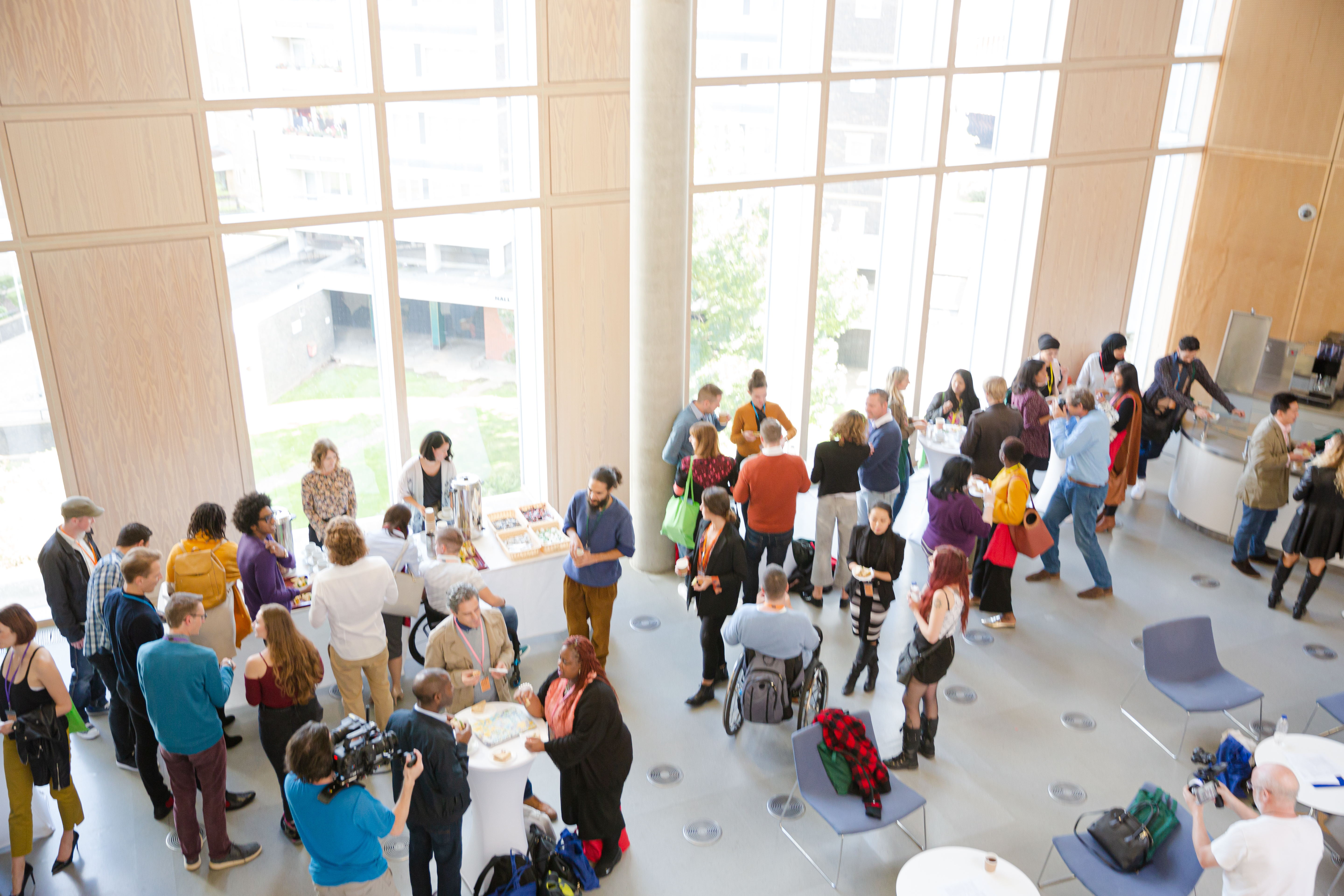
What We Learned at the CASRO Annual Conference
Filed Under: Tools & Techniques
Scott Hierbaum
CFO, C+R Team
Two colleagues and I recently attended the CASRO Annual Conference in Arizona. It got me out of the trees for a few days…out of the literal hardwood trees of Chicago and the figurative trees of my daily job.
The over-riding theme of this year’s event was the future of market research. Is it dead? Is it alive and thriving? One speaker emphatically referred to MR as sexy. Too bad my wife wasn’t listening.
Looking towards the future is important, but tricky. Especially when you’re simultaneously sticking your neck out and keeping your nose to the grindstone. Sometimes you even have to provide a shoulder to cry on. (Yes, this was an intentional abuse of body-part idioms).
The general consensus is that survey research is not dead. Not even on life support. However, it’s not a time to sit back because our industry is rapidly evolving. We will continue to conduct surveys, moderate focus groups, and facilitate online communities. But we’ll need to start integrating this information with data and findings from a variety of other sources. If you can do this, and do it well, you should find success in the marketplace.
Wharton professor, Eric Bradlow, kicked off the festivities with “The Golden Age of Marketing Research.” The name, in hindsight, was a clever bit of sarcasm because we’re entering our 4th or 5th Golden Age, and more will come. Past Golden Ages revolved around direct mail, store scanners, and the Internet. The next Golden Age will mesh customers’ behaviors with traditional marketing research. Non-survey data can tell us “what,” but our industry will have to continue asking the “why.”
Consultants, Timocin Pervane (OC&C) and Simon Chadwick (Cambiar), each presented research-based assessments of our industry. Pervane’s main point was that many new facets of MR (social media listening, neuroscience, mobile, and DIY) are not substitutes for high-value-added survey research. They are more complimentary than substitutive. This is good, I suppose, but doesn’t change the fact that we’ll probably see an allocation of budget dollars away from traditional survey work. Chadwick focused on the gap between what research providers think and research buyers want. This is a good perspective that we should all keep in mind. The message from both, though, was the same…our industry is evolving and so should we.
There was an interesting round table session titled “Transformative Times: The Corner Office View.” Three very different personalities offered three very contrasting visions. But they each represented very different organizations. Unlike politics (which can have only one right answer), there is room for more than one profitable business philosophy in market research.
The round table featured the notion that CASRO’s name is outdated. One person suggested simply swapping out the word “survey” with “social.” CASRO…The Council of American Social Research Organizations. Not perfect; but as a CFO, I respect the possibility of not having to get a new web site, logo, banners, etc.
As is the case with most conferences there was also time for catching up with old friends, making new ones, eating, and having a wee bit of fun. One dinner featured an improv troupe that displayed a spot-on grasp of professional respondents, attempting to navigate their way through a screener to the incentive at the end. Respondents don’t do that, do they?
So now it’s back to the office. I’m trying to catch up, do my regular job, disseminate what I learned, and help steer C+R towards the future. The conference and the participants did give me an outlook adjustment, providing some excellent advice on leading, facilitating change, hiring, and inspiring. The nature geek in me would be remiss if I didn’t acknowledge that Arizona has cactuses, and cactuses are technically trees. So I didn’t truly escape the literal trees. But I did hover over the forest of market research for a few days. All in all, I liked what I saw.
explore featured
Case studies

